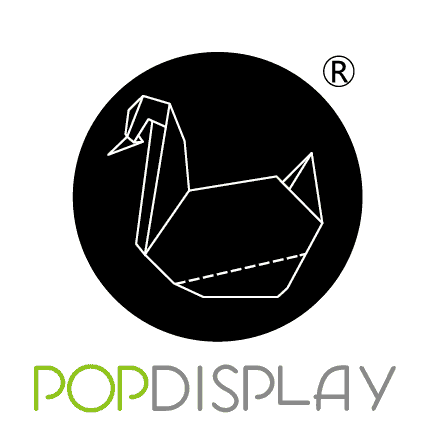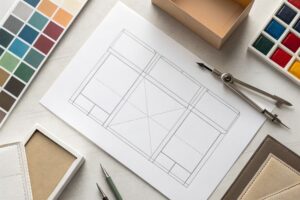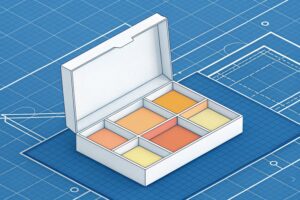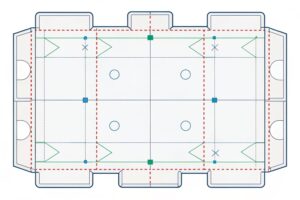I know sampling feels slow and costly. I also know it prevents launch disasters. I will show you a simple, low-risk path to get a rigid box sample now.
Yes. I can produce a pre-production rigid box sample with your exact size, paper wrap, printing, and inserts. I confirm dielines, colors, and strength first, then ship a physical mockup in days. You approve it, we lock specs, then move to mass production.
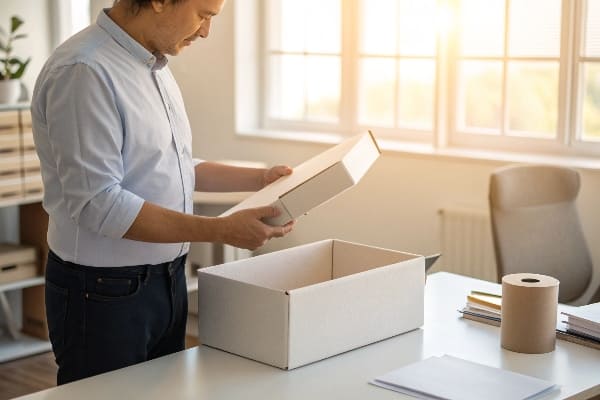
I keep the process clear and fast. You get files, photos, and one-hand assembly videos with every sample. If anything feels off, I revise and resend until it fits your product and timeline.
What are the disadvantages of rigid boxes?
Sampling is exciting. Yet there are trade-offs that matter before you commit a launch to rigid packaging.
Rigid boxes are heavier, cost more per unit, ship larger volumes, and take longer to make than foldable or corrugated options. They also need careful QC for wrap alignment, color consistency, and corner strength to avoid returns.
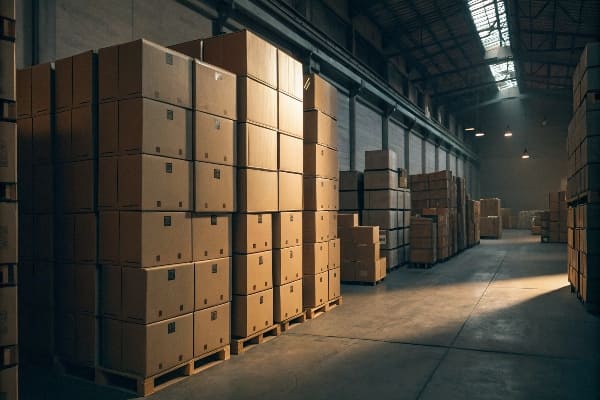
Why weight, cost, and lead time1 add up
I look at rigid boxes2 as a premium frame around your product. The frame has standards. That means dense chipboard, wrapped paper, glued corners, and often foam or paperboard inserts. Each step adds weight and labor. Air freight jumps. Pallet counts climb. Lead times extend when wrap paper has special finishes or when inserts require tight tolerances.
I learned this the hard way on a seasonal electronics launch. The client loved a deep-lid rigid box with a velvet tray. The unit looked perfect in the studio. During transit, humidity swelled the tray by half a millimeter. The tray squeaked against the lid. Stores complained. We fixed it by changing the insert board grade and adding a micro-chamfer to edges. We also ran a 72-hour conditioning test before sealing the design. That small change saved the rollout.
Below is a quick view to help you weigh trade-offs:
| Factor | Rigid Box | Corrugated Mailer | Folding Carton |
|---|---|---|---|
| Unit Cost | High | Medium | Low |
| Weight | High | Medium | Low |
| Unboxing Feel | Luxury | Solid | Basic |
| Lead Time | Long | Medium | Short |
| Freight Volume | High | Medium | Low |
| Sustainability Claims | Good (if FSC + water-based) | Good | Good |
I keep rigid boxes for premium moments, for long shelf presence, and when your buyer expects “giftable” quality. For fast promotions, corrugated or display-ready trays win on speed, cost, and freight.
Can I ask stores for boxes?
Many brands try to collect free boxes from retail. It sounds thrifty. It can also backfire when you move past a small test.
You can ask stores for spare boxes, but it rarely works for premium presentation or scale. Retail boxes are mixed sizes, weak after use, and inconsistent. Custom samples ensure fit, branding, and reliable logistics.
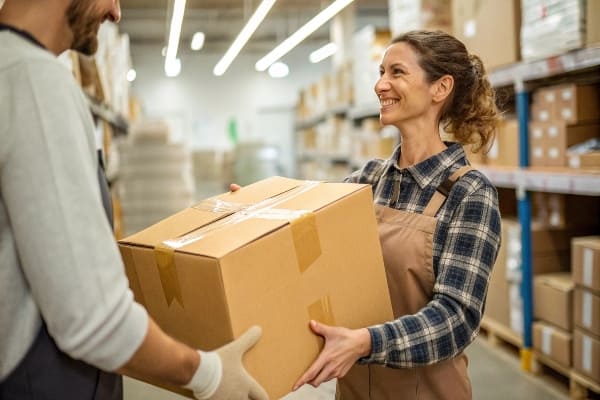
When “free” costs you more
I tried the “ask stores” path years ago for a local pop-up. We got boxes that looked fine from a distance. In the warehouse, sizes varied by 2–10 mm. Pallet stacking became chaos. A few boxes had hidden creases that failed under load. We ended up re-packing 40% of units and paid rush shipping for new mailers. The lesson was simple: free boxes work for one-off shipments, not for launches with deadlines, strict planograms, or Amazon prep rules.
Here is how I compare approaches:
| Approach | Pros | Cons | Best Use |
|---|---|---|---|
| Ask stores for boxes | Zero material cost | Inconsistent size, low strength, poor brand fit | One-off, local moves |
| Buy off-the-shelf | Fast, predictable sizes | Limited branding, insert mismatch | Small DTC batches |
| Custom rigid box sample | Perfect fit and print, brand impact | Higher cost, longer lead time | Retail sets, influencer kits |
| Corrugated display tray | Fast, printable, stackable | Less “luxury” feel | Club stores, PDQ in high-traffic aisles |
If you want real savings, I prefer design-for-freight3. I shrink outer dimensions by a few millimeters, right-size inserts, and switch from foam to paper-based structures where possible. These moves beat random store boxes every time.
Are rigid boxes expensive?
Cost is the first blocker I hear. It is real. It is also manageable with smart specs and volume planning.
Rigid boxes cost more than folding cartons or corrugated mailers because of chipboard density, wrap paper, hand work, and inserts. You can cut cost with right-size dimensions, simpler wraps, paper inserts, and combined print runs.
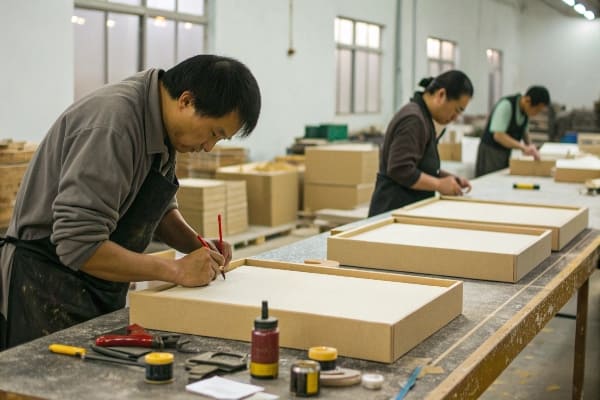
What actually drives the quote
I break rigid-box pricing into levers: board grade4, wrap paper, print method, lamination or coating, corner style, insert type, and QC plan. Dense board and specialty wraps add weight and money. Gloss or soft-touch films add another step. Foam raises material and compliance checks. Paperboard or corrugated inserts reduce cost and improve recyclability.
I share real numbers during sampling. I measure freight by CBM, not just weight. I simulate pallet loads in 3D and spot dead space. I also align MOQ with press efficiency. For many SKUs, a two-up or three-up sheet layout and a shared wrap paper brings unit cost5 down without touching the look.
A practical view:
| Cost Lever | Higher Cost Choice | Lower Cost Alternative |
|---|---|---|
| Insert | EVA foam | Paperboard or corrugated |
| Wrap | Specialty textured | Standard art paper |
| Finish | Soft-touch film | Aqueous coating |
| Board | 2.5 mm | 1.8–2.0 mm with smart insert |
| Structure | Shoulder + neck | Two-piece setup |
| Spot colors + foil + emboss | CMYK + selective foil |
I used these switches for a hunting accessory launch. We kept a strong unboxing feel, moved to a paper insert with die-cut locking tabs, and cut 14% from unit cost while holding drop-test performance.
Does Staples do custom boxes?
You may wonder if a big-box print shop can cover this. It can help for simple projects. Complex rigid boxes need a different path.
Staples and similar retailers offer quick packaging and simple printed boxes, but they rarely deliver specialty rigid boxes with custom inserts at scale. For premium rigid boxes, use a dedicated manufacturer with design, prototyping, and transit testing.

Where retail print shops6 fit and where they do not
Retail print shops shine for quick mailers, decals, stickers, and short-run cartons. They are great for small DTC batches or proof-of-concept. However, rigid boxes with precise wrap alignment, tight corners, shoulder-and-neck structures, and engineered inserts need specialized lines and strict QC. You also need ISTA-style drop tests, humidity conditioning, and real-world pallet simulations. Most retail shops do not offer that.
My team runs three lines for displays and packaging. We start with dielines, then 3D renders, then a physical sample. I share videos that show assembly in under 30 seconds. I run burst tests on paper, ECT on corrugated inserts, and fit tests with your actual product or a 3D-printed surrogate. This stops surprises before mass production.
Quick guide:
| Need | Retail Print Shop | Specialist Factory |
|---|---|---|
| Speed for simple mailers | Good | Good |
| Luxury rigid box with insert | Limited | Strong |
| Color control (brand Pantone) | Medium | Strong |
| Transit and humidity testing | Rare | Standard |
| Scale for big retail orders | Limited | Strong |
If you must start at a retail shop, use it for early art checks only. Move to a specialist for the real launch.
Conclusion
Yes, you can order a rigid box sample now. Keep specs lean, test fast, and scale only after the sample survives transit and fits your retail plan.
Understanding lead time is crucial for timely product launches; this resource will help you navigate its impact on your packaging strategy. ↩
Explore the advantages of rigid boxes, including their premium feel and durability, which can enhance your product’s presentation. ↩
Explore this link to understand how design-for-freight can optimize your packaging and reduce shipping costs effectively. ↩
Understanding board grade is crucial for optimizing packaging costs and quality. Explore this link to learn more. ↩
Reducing unit cost while maintaining quality is key for profitability. This resource provides valuable insights and strategies. ↩
Explore this link to understand how retail print shops can benefit small businesses with quick and cost-effective printing solutions. ↩
